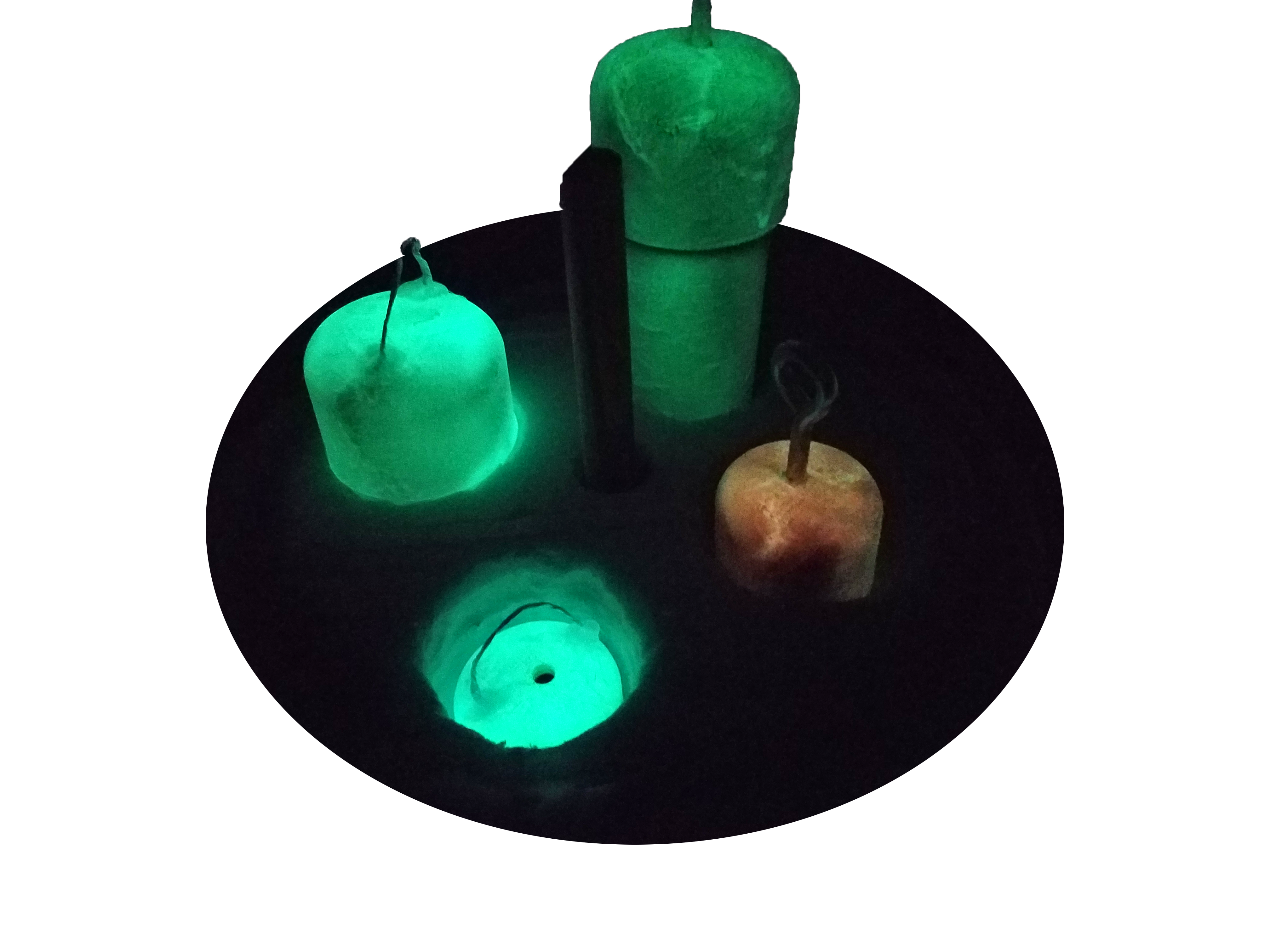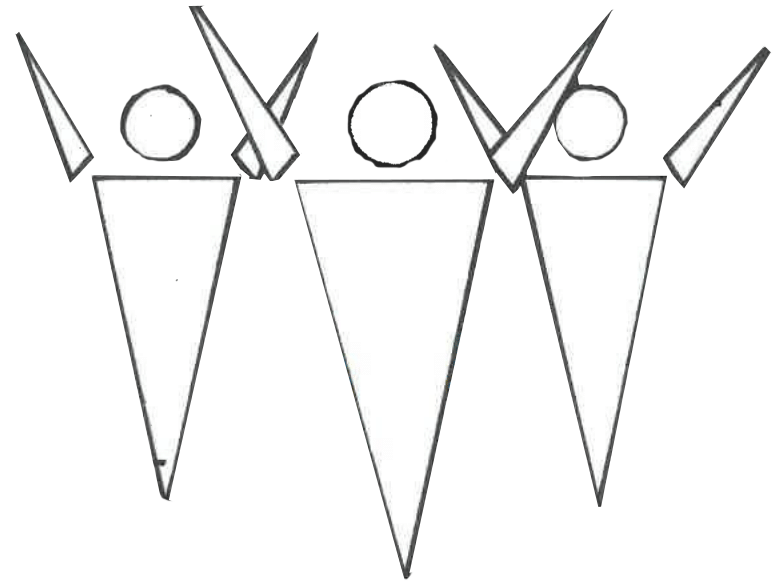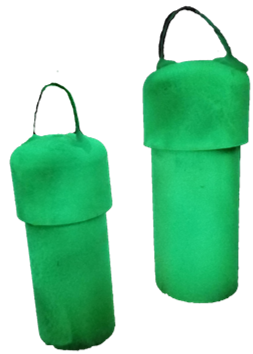
Control Rod Concept Sketches
Nuclear control rods are responsible for managing the nuclear reaction process. They are designed to absorb neutrons and prevent further reaction from occurring. In essence, the control rods need to be in place to prevent an out-of-control reaction from happening. The control rods are designed to have a point at the top which can be grabbed by a control arm and then carried back to its appropriate place in the Core. In the game, a disaster has led to the rods becoming scattered around the control room, and if the world hoppers can't return the rods to their places in time, a nuclear meltdown will occur.
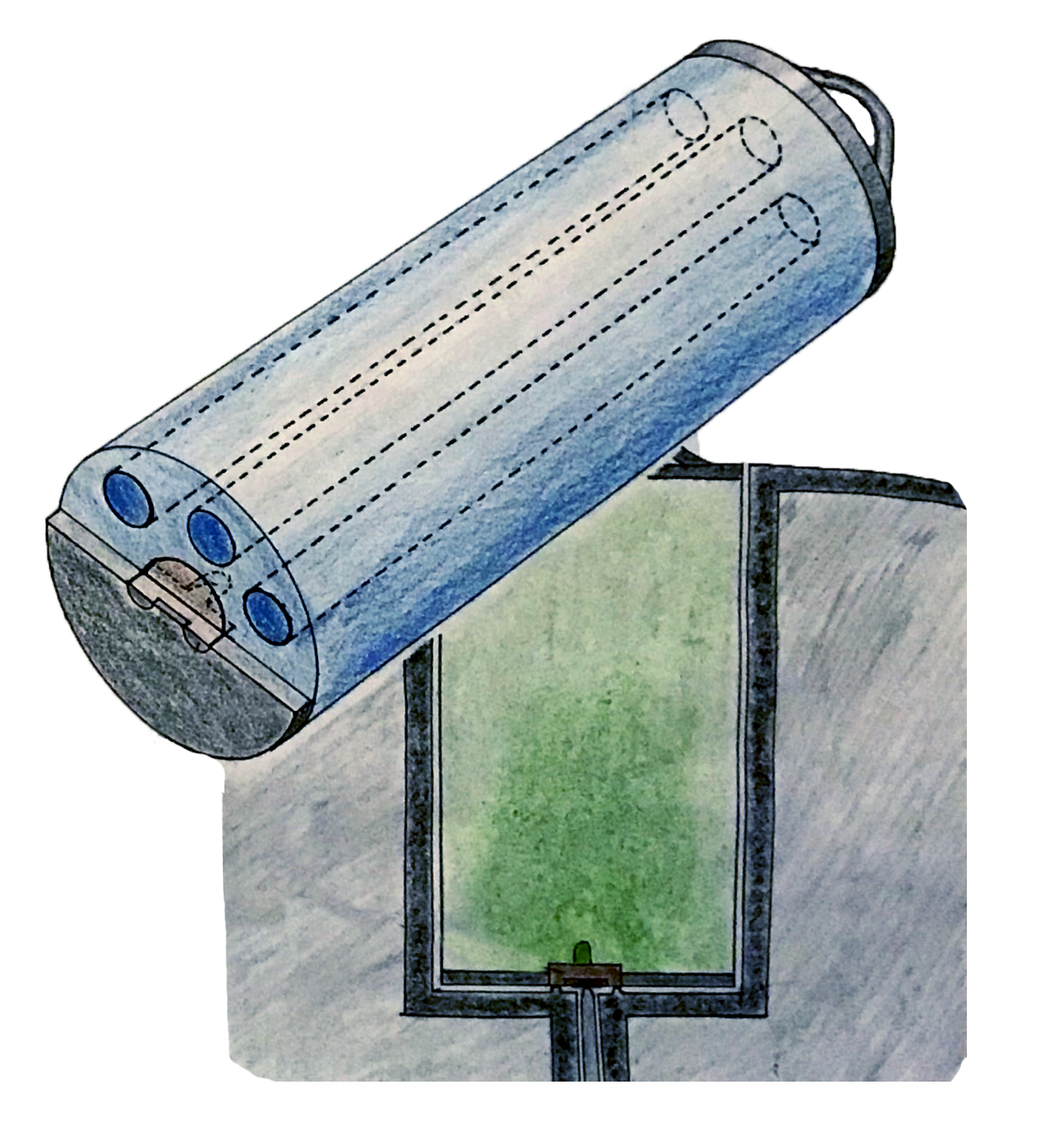
The control rods will be placed into the nuclear core via crane. The rods will be retrieved by the crane in a vertically oriented position, then lowered into the core. Once all the rods have been returned to their places, the game is complete. We evaluated the rods across three dimensions: color, size, and hooking mechanism. For color, the two primary options are a plain base with a glow-in-the-dark material sprayed on top of it. In the alternate case, different types of paint are applied and a glow-in-the-dark paint applied as a second layer.
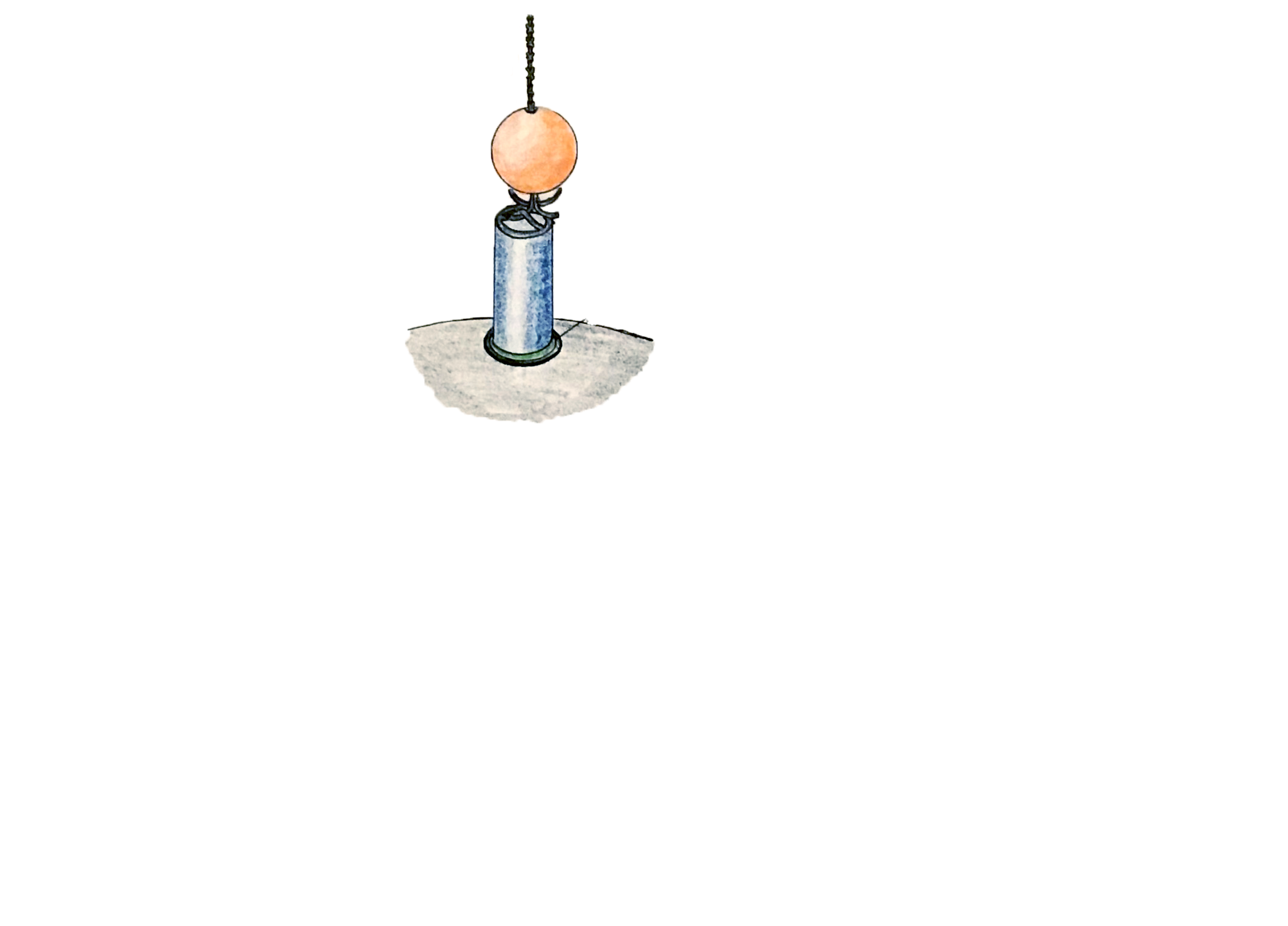
We conclude that the base case of glow-in-the-dark material directly applied to the plastic is the most visually appealing as the glow was not highly visible over other colors. However, for future iterations, we are also considering a blacklight paint, with different shades of neon that would be revealed by the blacklight. Finally, we are evaluating setting the same such that the core and rod are bespoke, such that each rod can only be returned to a specific hole in the core. A simple syntax for achieving this would be to have each rod and each corresponding hole be matching colors. For the size, we considered whether to have the rods sit flush/slightly below the top of the core versus protrude from the top of the core. This was due to our desire to test both aesthetic and function. From an aesthetic perspective. we conclude the rods look more appropriate flush with the core because of the glowing affect. However, we also conclude that the hooking mechanism will have to be considered for the working of the game, as a mechanical hook will require a simple way to detach from the rods when lowered. A claw might faciliate this, as well as an electromagnet or a vacuum device. We evaluated multiple types of hooks that could be used for a mechanical connection. For a stationary crane and hook setup, we conclude that a soft, large semicircle hook will be most effective by counteracting sway and ensuring the rods hang vertically. Forthermore, the initiatial hooking of the device will be easiest. An electromagnet connection would require a flat surface on the end of the rod, but we believe that is possible with a magnet that would hang at the end of a cable with enough slack so that the magnet could attach sideways, then go back verticle when the cable is retracted. Our initial consideration for choosing a mechanical connection between the rod and the crane was cost and technical complexity. Our aim was to have something that could be constructed and operated in a relatively low-cost and low-complexity manner, such that not only would installation cost be minimized, but operations and maintenance. In future iterations, we may consider whether the additional value of an electromagnetic connection could add significant value in the operations and experience for the players.
